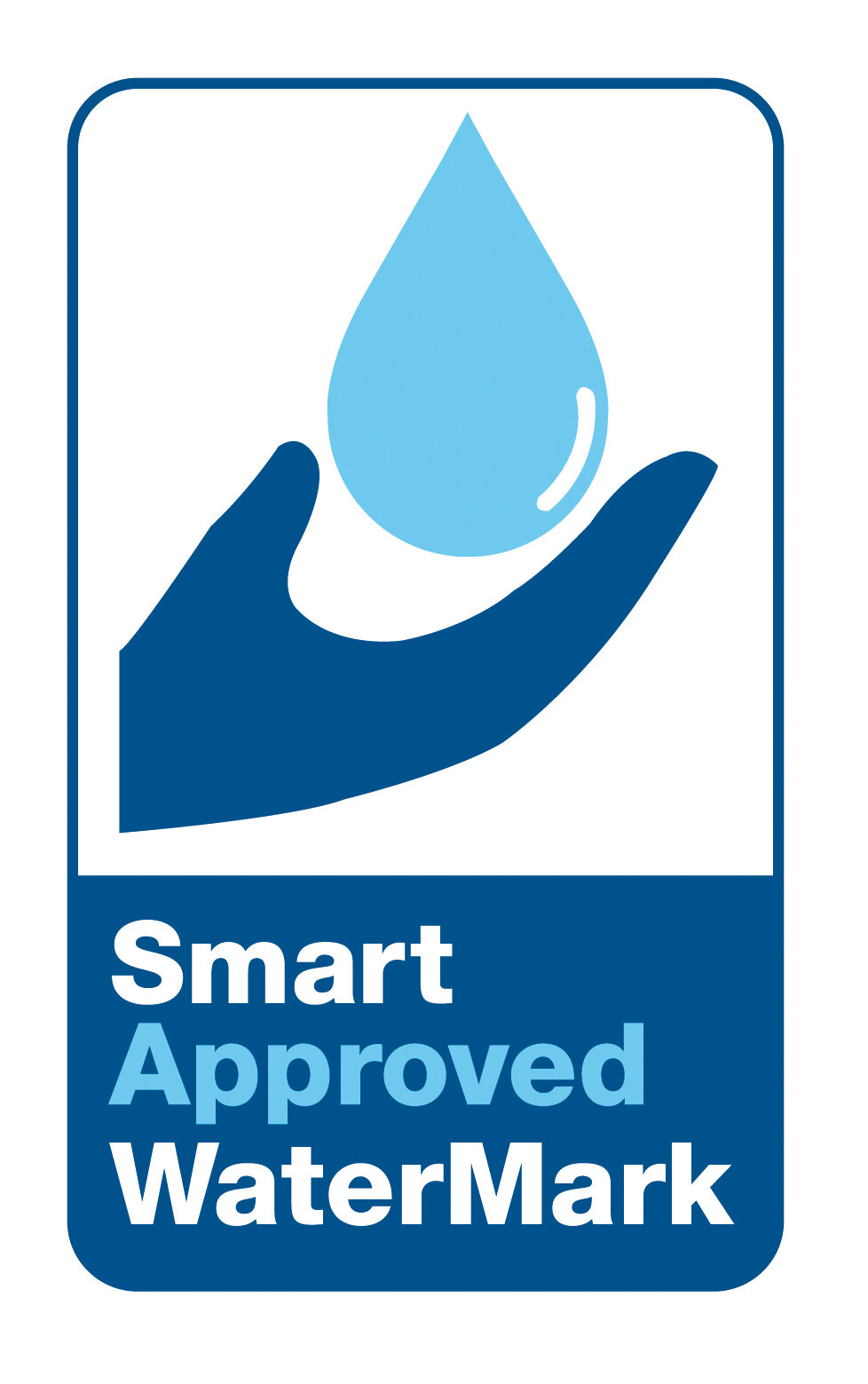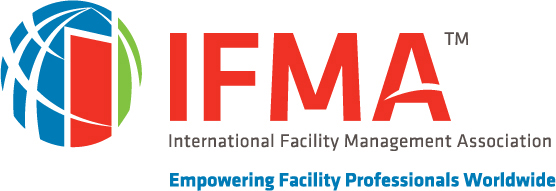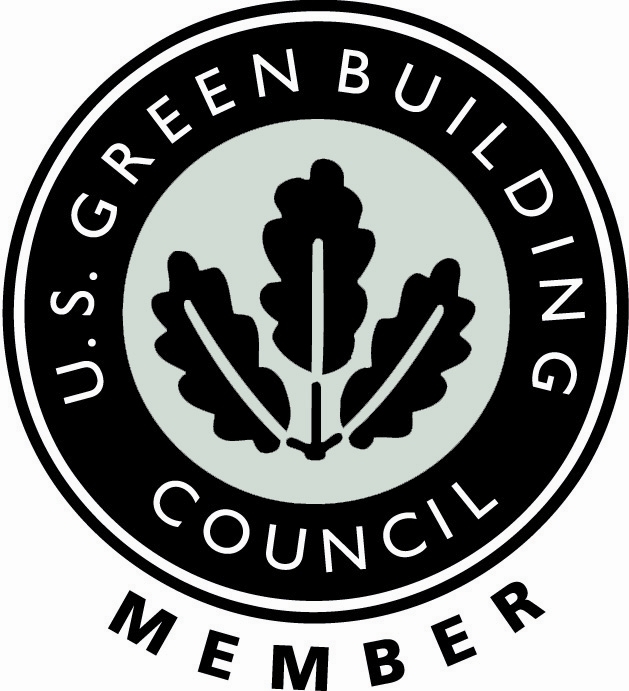reducing water consumption in Industrial facilities
They are doing this not only because they may be in areas suffering from chronic droughts or climate change, but because it is simply good business.
The less water used, the less these industries must pay for water, and in some cases, the cost of water may be one of their most significant expenses.
Key Points:
· Exactly how are industrial facilities reducing water consumption?
· By changing employee behaviors.
· By benchmarking consumption.
· By analyzing their water bill.
· By giving staffers prices and incentives for using less water.
· By putting the staff in charge.
· By minimizing the use of water for cleaning.
· By checking restroom fixtures and installing water fixtures that use less or no water at all.
#waterconservation #waterconservation #waterefficiency #aridification #industrialrealestate
What Aridification Looks Like
Aridification is the progression of an area that once experienced regular rainfall events with occasional droughts to one where rainfall events are fewer and further between, and the number of droughts increases and become longer. Eventually, the entire region becomes excessively and irreversibly drier and warmer than in the past.
Aridification is now impacting large areas of California and the western half of the United States.
View it as a call to action. We must use water responsibly and efficiently.
Here are more images of aridification, waterways which have now dried up. This is usually a permanent situation.
St. Thomas, NV: The Doomed Town Underneath Lake Mead
The School Built in the 1930s in St. Thomas Before Being Covered by Lake Mead
As Lake Mead becomes increasingly dry due to years of drought and now aridification*, the doomed town that was covered by Lake Mead in 1938 is resurfacing.
This seven-minute video by the National Parks Service shows us the history of St. Thomas, Nevada, the town underneath Lake Mead.
Watch the Entire seven-minute Video Here.
Key Points:
The town was once populated by an Indian tribe. They called it the “Lost City.”
Mormons moved there in 1865, thinking it was part of Utah. They named it St. Thomas.
At one point, the town had 500 citizens.
When they realized it was not in Utah, most moved. But about 100 people remained in the town.
In 1928, President Calvin Coolidge signed a bill authorizing the construction of Hoover Dam.
The residents of St. Thomas were told they had to leave by 1935. One man, Hugh Lord, remained in the town until 1938. As the water rose around his house, he had to paddle a boat to get out of town.
*Aridification is the progression of an area that once experienced regular rainfall events with occasional droughts to one where rainfall events are fewer and further between, and the number of droughts increases and become longer. Eventually, the entire region becomes excessively and irreversibly drier and warmer than in the past.
18 Minute Netflix Special: The World's Water Crisis Explained
In partnership with Vox Media Studios and Vox, this enlightening explainer series will take viewers deep inside a wide range of culturally relevant topics, questions, and ideas.
Each episode will explore current events and social trends pulled from the zeitgeist, touching topics across politics, science, history and pop culture -- featuring interviews with some of the most authoritative experts in their respective fields.
In this episode: The global water crisis is at an inflection point. How do we price our most valuable resource, while also ensuring access to it as a human right?
Click Here to Watch: Explained | World's Water Crisis | FULL EPISODE | Netflix - YouTube
Disruptive Technologies and Water
When most people hear the word disruptive, they think “disturbing,” “unsettling,” “harmful,” and even “dangerous.” However, as we use the term here, it is far less sinister. It simply means using a new or emerging technology that displaces an older, established technology.
Waterless urinals are a perfect example. Before 1991, North America was home to few, if any, waterless urinals. Virtually all urinals available for installation used three to five gallons of water per flush. But slowly, no-water urinal alternatives have caught on. They disrupted entire markets and changed the way purchasers select restroom fixtures in commercial facilities.
But waterless urinals are not the only disruptive technology that has been introduced in recent years when it comes to water. Here are a few more we should know about, especially now, as aridification sets in around parts of the U.S.
Smart Irrigation
For generations, farmers have had to determine which crops need water and how much, virtually by instinct. However, due to the dwindling supply of water – especially in agriculture and especially for farmers in the western half of the United States – using intuition to determine crop water demand is out of the question. The old instinct method is being replaced with the Internet of Things (IoT). Today, “smart” irrigation systems tell farmers exactly which crops need more water and which do not. These systems can also report where leaks may be found.
Smart Metering
Smart metering systems have been making significant inroads in helping India prevent water waste. Installed in apartment buildings, these systems quickly report any sustained upsurge in water usage and where it is happening. Building owners and managers can rapidly locate a leak and repair it. It is estimated that this technology has curbed water consumption in Indian apartment buildings by as much as 35 percent.
Advanced Desalination Systems
Contrary to what many think, desalination systems, which remove salt from water, making it potable (drinkable) for humans and other living things, are not new. Desalination methods date back to the 16th century and were based on evaporation. However, in the 20th century, very arid countries such as Saudi Arabia and Israel started building large-scale desalination plants. These plants shared two things in common: they were expensive to operate and very energy demanding.
Today, disruptive technologies have been introduced that make these plants far less costly to operate as well as less energy-intensive. Some are even designed to run on renewable energy sources. This is a significant breakthrough. As the world population grows, it will be placing greater and greater demand on dwindling water resources. Getting water from oceans is one of our best options.
Disruptive Groundwater Technologies
It is estimated there are three million trillion gallons of groundwater around the globe today. That's a tremendous amount of water that can meet the needs of the entire world's population for decades to come. However, getting to that water has always been a problem. Some of it is thousands of feet under the surface, making it impossible to reach or, if physically possible to reach, cost-prohibitive. New extraction technologies have been introduced that are lowering costs and replacing old digging systems. Reliable access to underground water is becoming a reality. However, ground water needs to be replenished – and it can take ten times more water than what was extracted for replenishment.
Investments
A few years back, many investors took it for granted that the old ways of using water on farms, metering, removing salt from water, and digging for water were here to stay. Now they believe many more water-related disruptive technologies have yet to be invented. These new disruptive technologies are opening the doors to even more opportunities, and investors are now willing to take the risk and invest in them.
Although it is true we are facing some severe water challenges around the globe, thanks to these and many more disruptive technologies, it’s possible that many of these challenges will be addressed and at least reduced in the not-too-distant future.
Waterless Co., Inc: Pioneers in Advancing Water Efficiency
Klaus Reichardt is CEO and founder of Waterless Co, Inc, Vista, Calif. Reichardt founded the company in 1991 with the goal of establishing a new market segment in the plumbing fixture industry with water efficiency in mind. Reichardt is a frequent writer and presenter, discussing water conservation issues. He can be reached at klaus@waterless.com.
Water: Why Things Are Different Now
As a resident of California for three decades, I know droughts and dry conditions are nothing new to the state. The one I remember the most is the drought of 1976. Because we all knew the drought would pass – in a year or two at the most – we had fun with it.
As to flushing the toilet, we all sang the jingle:
If it's yellow, let it mellow.
If it's brown, flush it down.
Restrictions were set in place as to watering lawns and other outdoor vegetation. During the worst of the drought, outdoor irrigation was forbidden.
That's when I started seeing my neighbors watering their lawns at three in the morning. Often, they would do it as quickly as possible to ensure their discretion. Everyone knew what was happening but looked the other way – chiefly because everyone was doing the same thing.
In those days, I worked at night. I often saw one of my neighbors watering his outdoor vegetation, and eventually I decided I had to confront him about it.
For some reason this gentleman liked to water his outdoor plants wearing nothing more than his underwear. I went up to him and suggested he put some clothes on. The next time I saw him, he was wearing a robe, but still watering his yard.
Looking back, I realize I was not so concerned about his watering his lawn in the middle of the night as I was that he had little or nothing on.
But things are different now. That drought of '76, one of the worst in California history, was over in about 12 months, just as everyone expected. But since then, California droughts have lasted four and five years. Now, they don't have an end. While the state may occasionally have rainfall – even significant rainfall – the natural climate condition in California is now very, very dry.
It's called aridification.
Here's what's happening. The region, including California, Nevada, and the Southwest United States, had a terrible drought from about 2012 to 2016. It did not impact all areas the same, but drought conditions were called in these areas.
Then things looked up. The region enjoyed a couple of very wet years. However, since about 2018, conditions have gotten drier and drier.
According to David Simeral, a climatologist with the U.S. Drought Monitor, since June 2021, there has been a rapid intensification of the drought. Among the reasons he cited are brutal heat, the failure of the Southwest monsoon to deliver any substantial rainfall, and the fact that many western states continued to get less and less precipitation.
We should note that higher temperatures often go hand in hand with aridification. They make the situation worse. Not only is there less precipitation, but because of the heat, there is also greater evaporation. We see this in the following examples:
Lake Mead, which sits on the border between Arizona and Nevada and is the largest human-made reservoir in the U.S., is at its lowest level since 1937. In some areas, the spouts installed to provide water for hydroelectricity are now exposed – the first time those have been seen since its construction.
The Sierra Nevada that supplies large parts of California with water, have seen their snowpack melt early the past few years, and due to higher spring temperatures, runoff didn't make it to streams and reservoirs. There was not enough water to make the journey; in other cases, streams started, but the water evaporated along the way.
Finally, as to fires, things could not be worse. There is extraordinarily little moisture in the forests, and summer temperatures have never been hotter in some areas. What has helped protect California forests in the past is a combination of moisture and warm but not necessarily hot weather.
"Most of the West is at increased risk of large, severe fires this year," says Daniel Swain, a climate scientist at the University of California, Los Angeles. "I know that sounds like a broken record, but maybe that's the point."
And that point is: aridification is now gripping large areas of the western United States and may continue to do so for decades to come. Now, its our job to do something about it, starting with using water as efficiently as possible.
Robert Kravitz is a writer for the professional building, cleaning, and green industries. He can be reached at robert@alturasolutions.com
The Progression of Aridification
“An intense drought is gripping the American West. Extreme conditions are more widespread than at any point in at least 20 years, according to the U.S. Drought Monitor, the government’s official drought-tracking service,” The New York Times.
This is now beyond drought conditions. What we see here is aridification: the progression of an area experiencing normal rainfall and occasional droughts, as seen in the bottom map, to gradually more frequent droughts, and then becoming increasingly dry, as indicated at the top map.
Aridification can last for decades or be permanent.
Questions and Answers about Aridification
What is aridification?
In the simplest of terms, aridification is the progression of an area experiencing normal rainfall, occasional droughts, gradually more frequent and longer droughts, and then becoming increasingly dry. In most instances, temperatures are rising at the same time.
How is it measured?
Typically, it is measured by examining rainfall trends. Two or three years of drought, for instance, does not indicate an area is experiencing aridification. But several years of drought, which is happening today in California and other western states, is an indicator that aridification has set in.
Another way it is measured is based on the reduction of soil moisture. Drier and hotter weather increases evaporation, removing moisture from the soil. The more prolonged those conditions, the more likely aridification has set in.
Can there be wet seasons when aridification sets in?
Yes, but they become fewer and are farther between.
What is the connection between year 1924 and aridification?
The last time California and much of the western half of the United States was as dry as today was in 1924. Today, things could be even worse because of climate change caused by greenhouse gasses. However, other experts say the “aridification” of California goes back even further, about 1,200 years.
How can scientists determine that 1924 and years past were do dry?
Scientists study the rings of trees from the state of Montana all the way south to Mexico. Tree rings are wider in wet years and narrower in dry years. When there is extreme drought, the tree may hardly grow, which means new tree rings are virtually negligible.
How is aridification impacting the Colorado River?
The Colorado River depends on mountain snowfall and rain to feed it and deposit water into Lake Mead and Lake Powell. However, there has been less snow and rainfall in the past few years, leaving these two “collection tanks” of water with less water than ever before. At the same time, there is more demand for the water collected in these lakes than in the past.
Will conditions get worse?
Some suggest that the wetter water conditions we had before 2010 in the western part of the country may never return. So, the answer is yes. In the 1970s, 1980s, and 1990s, we had dry seasons that lasted one to three years. Since then, they have lasted longer, three to five years. Now with aridification, the wet seasons are occasional while the dry seasons have become the norm.
Is aridification going to impact the entire country?
No. Some areas of the country, such as the Midwest, may get more rain in years to come. This can be due to natural climate change as well as human-induced climate change. When climate change sets in, it can impact one area differently from the way it impacts another area.
What can we do about this? Millions of people live in the western portion of the U.S.
It’s going to be a process made up of several components. First and foremost, we must use water more efficiently. Billions of gallons of water are still lost every year due to leaks, poor water infrastructure, and water use where it is not needed. We can also expect to see more restroom fixtures that work much more efficiently and satisfactorily with little or no water. A prime example is waterless urinals, which use no water at all.
Another step that must be implemented is the use of drip irrigating systems for irrigating farmland and commercial and residential vegetation. These systems virtually eliminate water evaporation, the elimination of which is vital.
Additionally, the Arab countries and Israel have long and successfully used desalination techniques to turn saltwater, which is not potable, into drinking water, which can be used for all traditional water purposes. Today, Israel has 20 percent more water than it needs, primarily due to drip technologies and desalination plants.
Finally, we must get started. Aridification is moving faster than we are. It’s here now. We must realize this and start dealing with it.
Klaus Reichardt is CEO and founder of Waterless Co, Inc, Vista, Calif. Reichardt founded the company in 1991 with the goal of establishing a new market segment in the plumbing fixture industry with water efficiency in mind. Reichardt is a frequent writer and presenter, discussing water conservation issues. He can be reached at klaus@waterless.com.
Here’s What Happened in Year 882
The year started on a Monday.
Pope John VIII was assassinated at Rome after a 10-year reign, the victim of a political conspiracy.
King Alfred the Great of England increases the size of his new navy, and sails out to attack four Viking ships.
In the Battle of Remich, a Frankish army under Bishop Wala of Metz is defeated by Vikings. During the fighting Wala is killed.
And in the year 822, the western part of the United States was as drought ridden as it is today.
This is called Aridification:
Climate change resulting in higher temperatures and long-term drought.
#aridification #climatechange #drought























